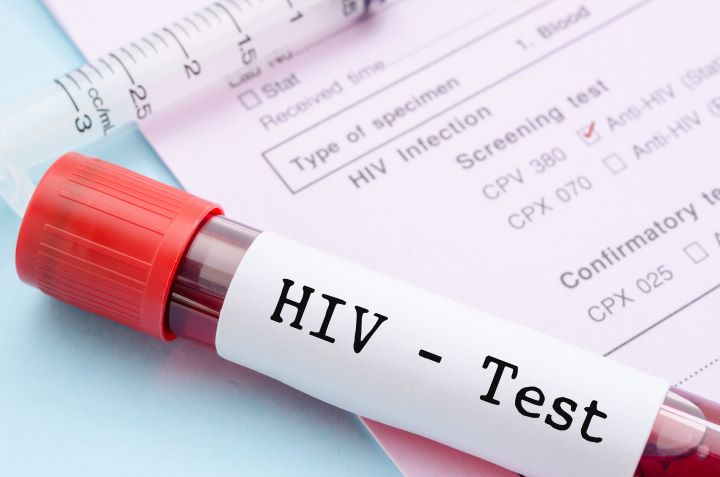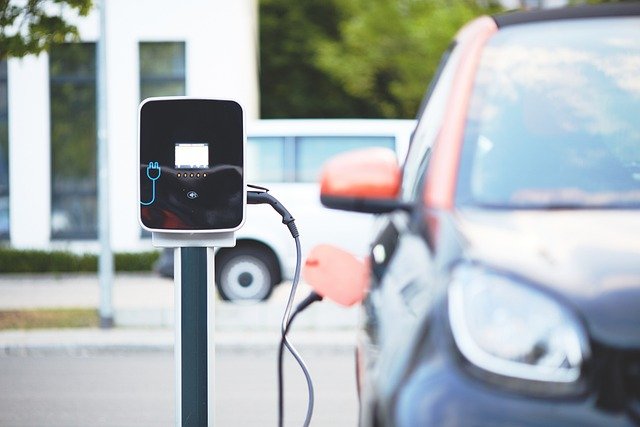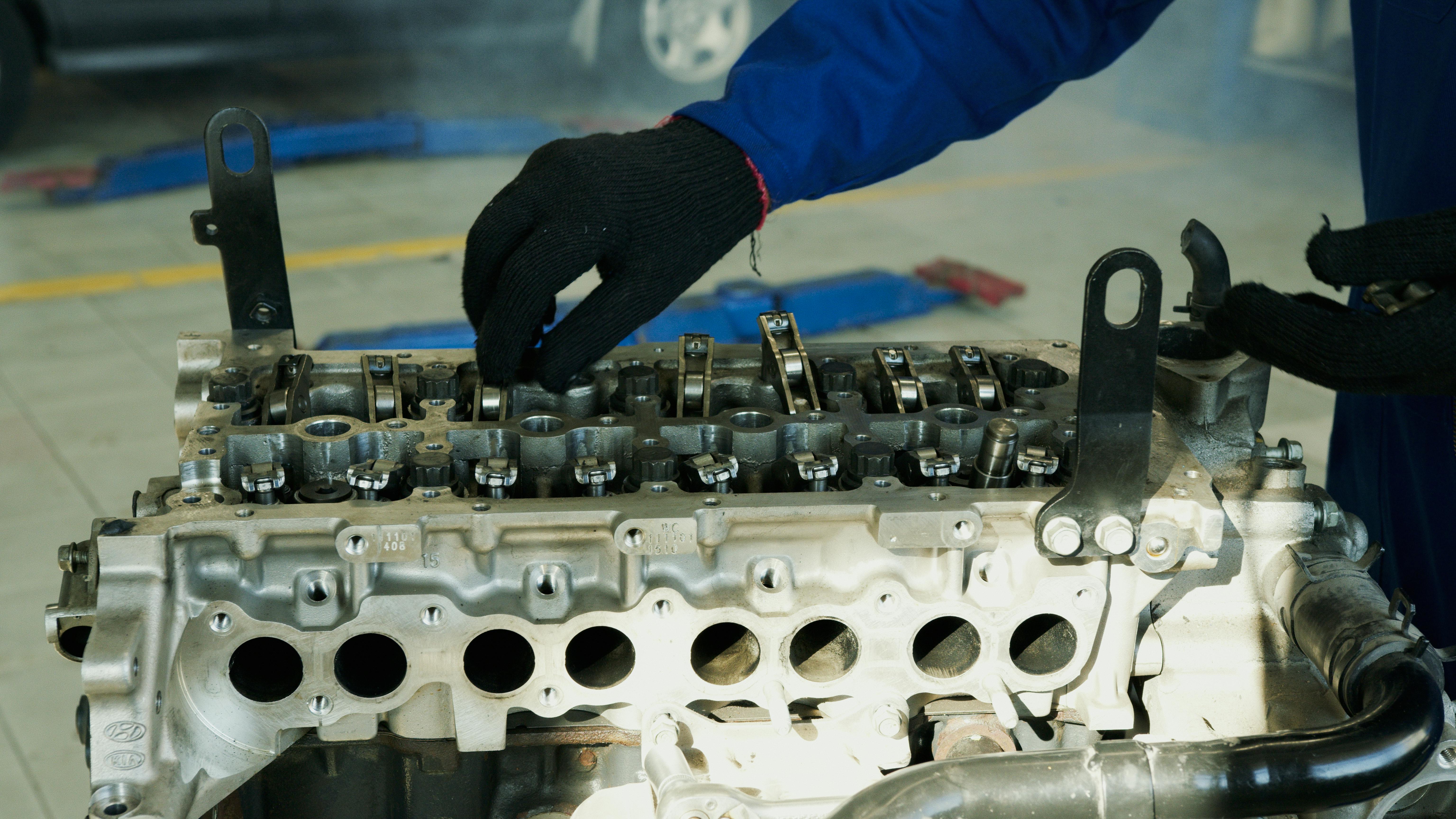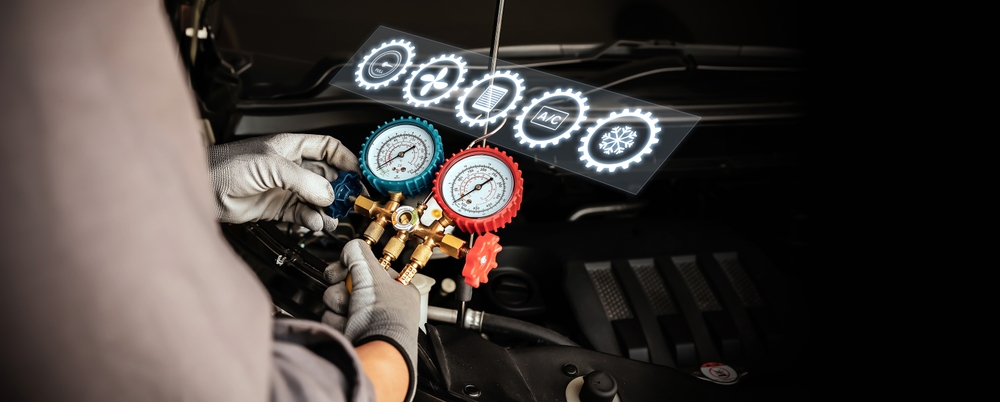Understanding Rhinoplasty: A Comprehensive Guide to Nose Surgery
Rhinoplasty, commonly known as a "nose job," is a surgical procedure that alters the shape, size, or functionality of the nose. This popular cosmetic surgery can address both aesthetic concerns and breathing difficulties, making it a versatile option for those seeking facial enhancement or improved nasal function. Whether you're considering rhinoplasty for cosmetic reasons or to correct structural issues, understanding the procedure is crucial for making an informed decision.
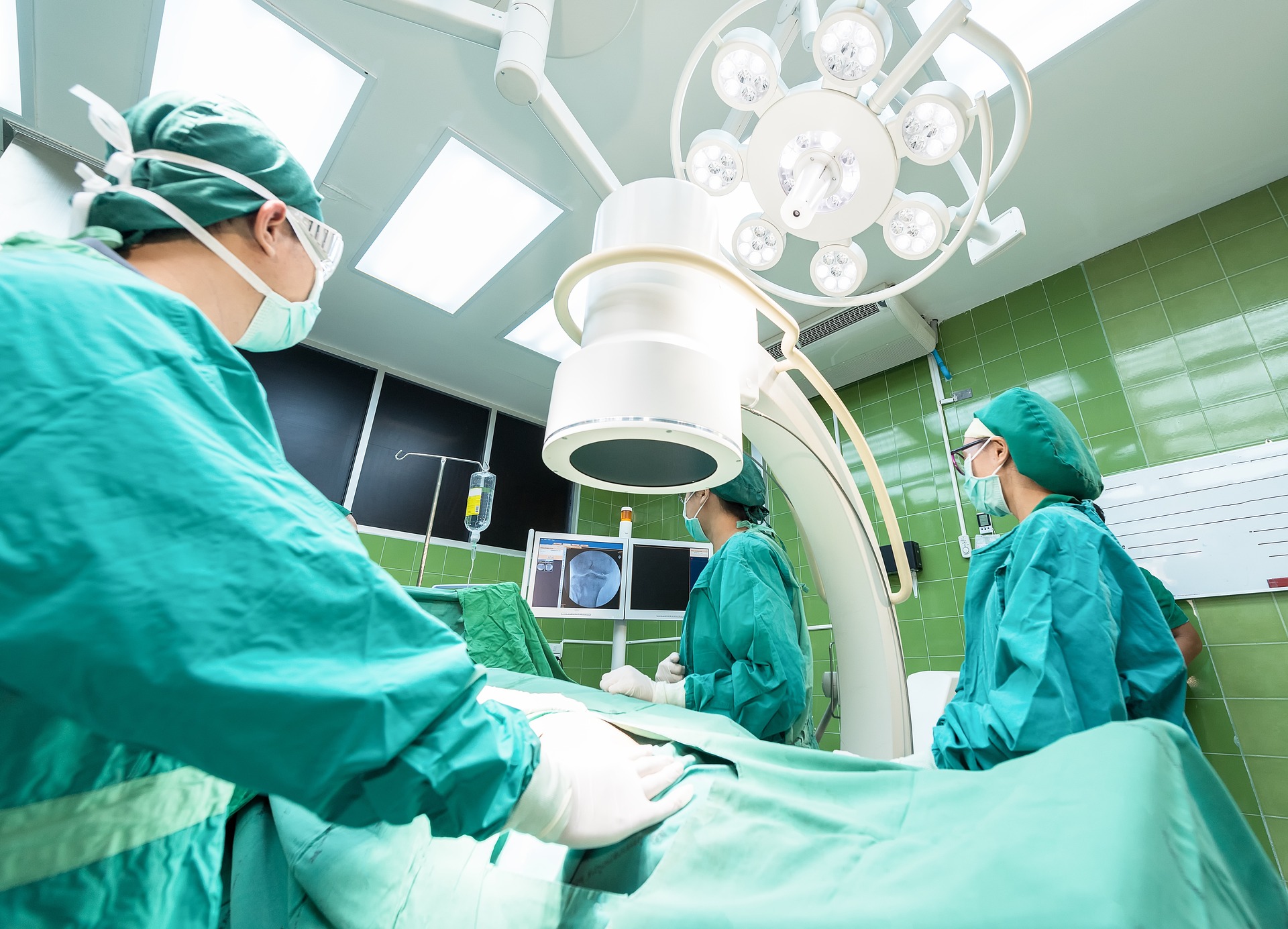
The procedure typically takes between one to three hours and is usually performed under general anesthesia. Surgeons may use either an open or closed rhinoplasty technique. In open rhinoplasty, a small incision is made across the columella (the tissue between the nostrils), while closed rhinoplasty involves incisions made entirely inside the nose.
What are the common reasons for getting rhinoplasty?
People seek rhinoplasty for various reasons, both cosmetic and functional. Some common cosmetic motivations include:
-
Reducing or increasing the size of the nose
-
Changing the shape of the tip or bridge
-
Narrowing the span of the nostrils
-
Adjusting the angle between the nose and upper lip
Functional reasons for rhinoplasty often involve improving breathing by correcting structural defects such as:
-
Deviated septum
-
Enlarged turbinates
-
Nasal valve collapse
-
Repair of injuries or birth defects
Many patients opt for rhinoplasty to address both aesthetic and functional concerns simultaneously.
What should you expect during the rhinoplasty recovery process?
Recovery from rhinoplasty is a gradual process that requires patience. Immediately after surgery, patients can expect some swelling, bruising, and discomfort. Here’s a general timeline of what to expect:
-
First week: You’ll wear a nasal splint and may have internal packing. Breathing through your nose will be difficult.
-
1-2 weeks: The splint and any stitches are removed. Swelling and bruising begin to subside.
-
2-4 weeks: Most patients can return to work and light activities.
-
1-3 months: The majority of swelling resolves, and the new nasal shape becomes more apparent.
-
6-12 months: Final results become visible as residual swelling continues to diminish.
It’s important to follow your surgeon’s post-operative instructions carefully to ensure proper healing and optimal results.
How much does rhinoplasty cost and what factors affect pricing?
The cost of rhinoplasty can vary significantly based on several factors. Here’s a breakdown of typical price ranges and influencing factors:
| Provider Type | Average Cost Range | Factors Affecting Price |
|---|---|---|
| Board-Certified Plastic Surgeon | $5,000 - $15,000 | Experience, location, complexity of procedure |
| Hospital-Based Surgeon | $6,000 - $20,000 | Facility fees, anesthesia costs, overnight stay if required |
| Non-Board-Certified Surgeon | $3,000 - $8,000 | Less experience, potentially lower overhead costs |
Prices, rates, or cost estimates mentioned in this article are based on the latest available information but may change over time. Independent research is advised before making financial decisions.
Factors that can affect the cost of rhinoplasty include:
-
Surgeon’s experience and reputation
-
Geographic location (prices tend to be higher in major cities)
-
Complexity of the procedure
-
Facility fees and anesthesia costs
-
Pre- and post-operative care
It’s important to note that while cost is a consideration, choosing a qualified, experienced surgeon should be the priority to ensure safe and satisfactory results.
What are the potential risks and complications of rhinoplasty?
Like any surgical procedure, rhinoplasty carries certain risks. While complications are rare when performed by a skilled surgeon, potential issues may include:
-
Infection
-
Bleeding
-
Adverse reaction to anesthesia
-
Unsatisfactory aesthetic results
-
Difficulty breathing
-
Skin problems
-
Septal perforation
-
Need for revision surgery
Choosing a board-certified plastic surgeon with extensive experience in rhinoplasty can help minimize these risks. It’s crucial to discuss potential complications and your medical history with your surgeon during the consultation process.
How do you choose the right surgeon for your rhinoplasty?
Selecting the right surgeon is crucial for achieving optimal results from your rhinoplasty. Consider the following factors when making your decision:
-
Board certification in plastic surgery or otolaryngology
-
Extensive experience specifically in rhinoplasty
-
Before-and-after photos of previous patients
-
Positive patient reviews and testimonials
-
Clear communication and understanding of your goals
-
Comfort level during consultation
-
Accredited surgical facility
Take your time researching potential surgeons and schedule consultations with multiple providers to find the best fit for your needs and expectations.
In conclusion, rhinoplasty is a sophisticated surgical procedure that can dramatically enhance both the appearance and function of the nose. By understanding the process, recovery, costs, and potential risks, you can make an informed decision about whether rhinoplasty is right for you. Remember to prioritize safety and expertise when choosing a surgeon, and maintain realistic expectations about the outcomes of your procedure.
This article is for informational purposes only and should not be considered medical advice. Please consult a qualified healthcare professional for personalized guidance and treatment.

